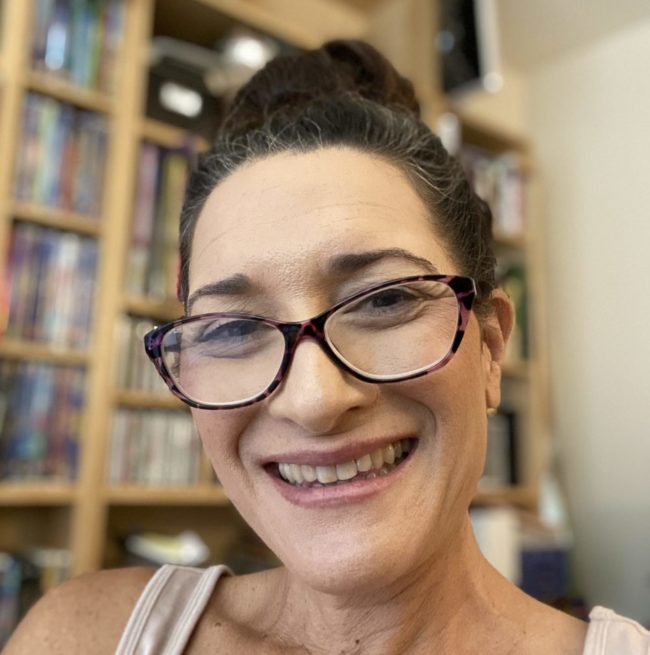 Writing Standards with Fun Activities (Part 4)
Writing Standards with Fun Activities (Part 4)
Each year I am challenged in how I can adequately increase the writing competencies of my students in project-based learning activities. When I partnered with another teacher, we created a checklist of what we had to complete by the end of the school year to meet all writing competencies. These activities included:
- Writing teachers must understand the rules for grade level writing standards.
- The teachers must consider various activities that will fully engage and inspire diverse learners.
- Writing activities must be fun while meeting a wide range of reading and writing abilities within a class. This ensures differentiated instruction that is equitable and successful for all students.
- Writing teachers must research and collect resources that will support an engaging writing activity in the classroom.
What I Must Teach
I also reviewed and summarized the California writing standards for my second-grade class that included:
- Write opinion pieces with an introduction and reasons for supporting an opinion.
- Write an informational/expository text with an introduction, supporting facts, and a concluding statement.
- Write narratives about a sequence of events with details, thoughts, and feelings in an organized order of explanations.
- Produce writing that is organized according to task and purpose.
- Learn to revise and edit with support from the teacher and peers.
- Learn to use digital tools to publish writing products in collaboration with peers.
What Students Have Learned
When reviewing this list, my class has already created an informational text on learning more about rattlesnakes and how antivenom can neutralize a venomous rattlesnake bite. Next, my class completed a reflective narrative about how they researched and created the snake story with our writing teacher, Mrs. Burke. Most students were impressed with how Mrs. Burke shared her story about being a rattlesnake survivor after being bitten and medicated with antivenom from a horse. Many expressed relief that they would not die from a rattlesnake bite and that there are medications that will save them from a bite. Finally, students wrote an opinion story about how they plan to protect themselves from rattlesnake bites when working in their garden or hiking with their family. Most do not want to ever encounter a rattlesnake. Many also feel confident they now know how to protect themselves from a bite.
What We Must Still Learn
As I initiate second semester writing assignments, students will now focus on more collaborative writing and editing assignments while working on their Chromebooks. Their activities will include writing a fantasy story in the winter months and completing a career path research writing project in the spring time.
Much success as you engage your students with differentiated collaborative writing projects.

Danielle’s first step in education did not begin with education at all. It began with her first love for science. She received a B.S. in Biological Science, with a concentration in Molecular Biology. Her five years of experience as a chemist in the biotech industry at SYVA and Dade Behring Diagnostics include both areas of quality control and research and development. Her contributions were qualifying products for release to sell to the diagnostic market as well as developing new diagnostic technology for immunoassay detection. Danielle’s subtle transition to discovering her passion for education was through the birth of her daughter. She became a stay at home mom. Her uber volunteerism at her daughter’s elementary school gained her access to her path of education. She now holds a multiple subject teaching credential and M.A. in Education from National University. She has over ten years of experience at Sakamoto Elementary School as an educator in kindergarten, sixth grade, second grade, and a 2/3 combination class. Her teaching is rooted in a constructivist model while fostering independence and accountability in the classroom.

